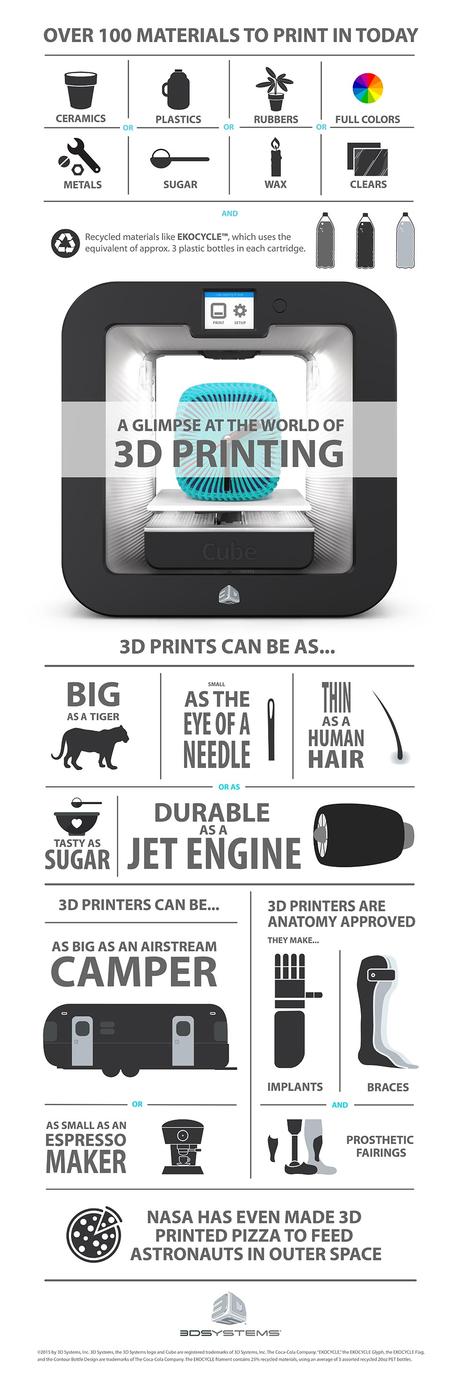Back in October 2013, France’s Culture Ministry and the ENSCI les Ateliers school in Paris issued a challenge that asked designers to take established ideas and remix them in a fresh way. Three colleagues from the school — Piotr Widelka, Pierre Emm, and Johan Da Silveira, also known as Appropriate Audiences — spent their eight-hour time limit manipulating a 3D printer and replacing its filament extruder with an ordinary pen. By the end, the trio had figured out how to get the device to draw a precise circle on human flesh, which inspired them to continue developing the idea and create a full-fledged tattoo machine from 3D printer material.
For their next step, the designers connected a real tattoo gun to their machine (also known as Tatoué), and used artificial skin to perfect the parameters. It wasn’t easy to combine the machine’s precision with the elasticity of skin, so they experimented with different ways to hold the skin taut while inking. They eventually found that putting a person’s arm through a thin tube brace provided enough support while the printer inked through a built-in hole.
Because circles are one of the hardest things for a human tattoo artist to draw, Appropriate Audiences decided to make that the shape of the first robot tattoo. While a human hand has a difficult time with staying steady for a circle, it is no trouble for Tatoué. To upload tattoo designs, the team tweaked established software from Autodesk so that drawings could be converted into digital files, which the printer reads and implements on command. In addition, a sensor attached to the needle gathers information about nearby skin while inking, including the overall shape, angle, and texture.
As they continue to refine Tatoué so that it can draw more complex illustrations, Appropriate Audiences has been meeting with respected artists to discuss how their technology can augment a tattoo parlor’s operation. Similar to the way ink printing made it possible for anyone to reproduce a picture or text on paper, Tatoué will enable artists to refine their style and create elaborate works in far less time.
Similarly to the way Andy Warhol’s pop art movement made printmaking and replicable art into a huge business, tattoo artists might be able to take a similar approach with Tatoué. First, if an iconic image is created using design software, it could easily be reproduced with the machine and sent to other parlors given sufficient demand. Overall, tattoo quality will go up, but getting an original piece done by an established artist will become even more special.


